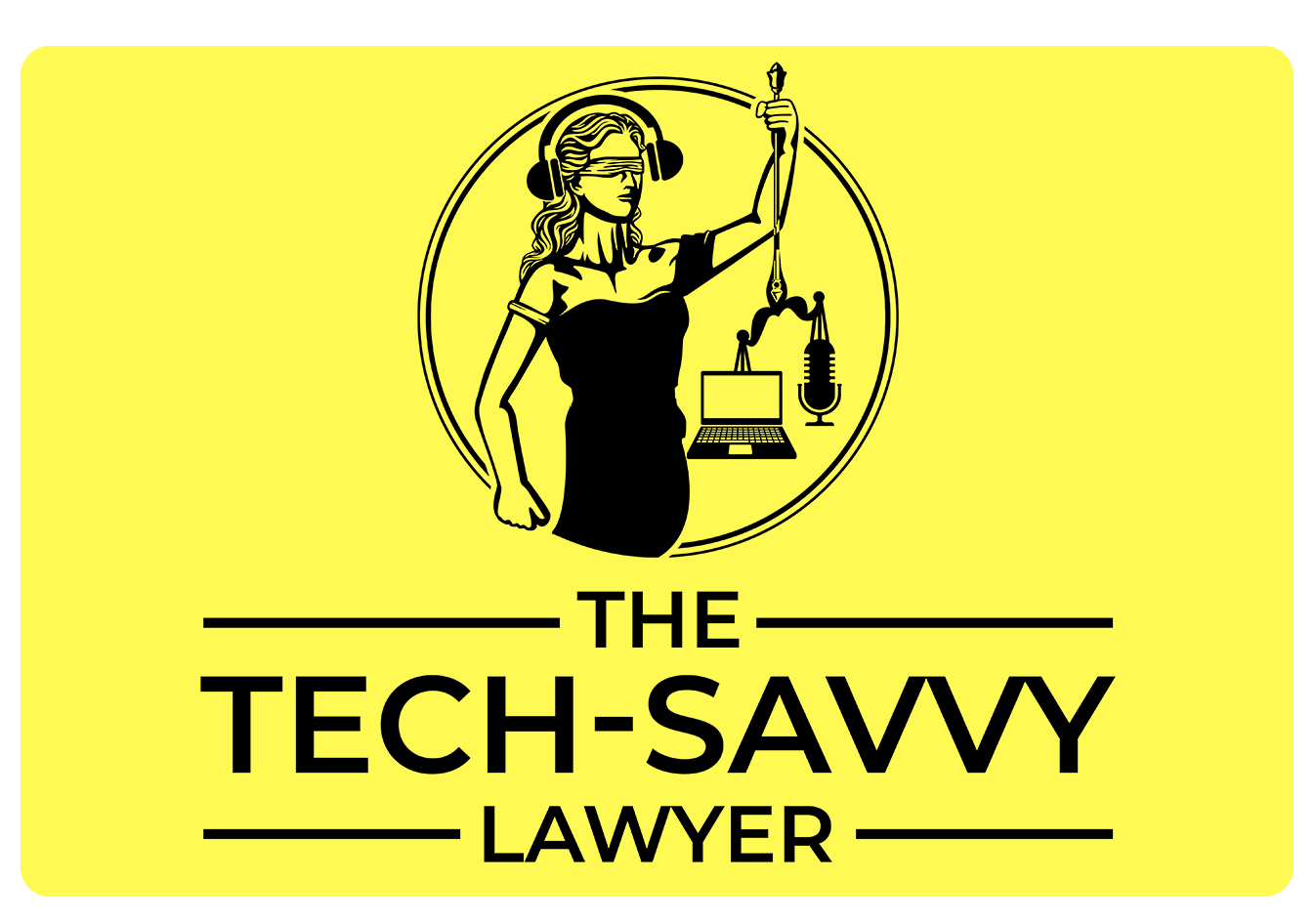MTC: The Filing Cabinet Renaissance - Why Lawyers Still Need Physical Storage in the Digital Age 📁💼
/Balancing Tradition and Tech: Today’s lawyer needs to integrate filing cabinets and cloud storage in modern legal practice.
In the era of cloud storage and digital documents, the humble filing cabinet might seem like a relic of the past. However, for lawyers, these sturdy metal boxes remain an essential tool in managing sensitive information and maintaining compliance with legal standards. Today, let’s discuss why filing cabinets continue to play a crucial role in modern law practices and how to strike the perfect balance between digital and physical document management. 🖥️📄
The Enduring Value of Tangible Documents
Despite the push towards paperless offices, many lawyers find themselves in a hybrid world where both digital and physical documents coexist. There are several reasons for this:
Regulatory Requirements: 📜 Certain legal documents must be retained in their original, physical form to comply with regulations or to maintain their legal validity. These may include original contracts, notarized documents, or court-filed papers.
Client Preferences: 🤝 Some clients, particularly older ones, may prefer physical copies of important documents. Having a filing cabinet allows lawyers to cater to these preferences while still maintaining digital records. Tip💡: This may be mitigated by a well-drafted, bar compliant engagement letter.
Backup and Redundancy: 🔒 In an age of cybersecurity threats, having physical copies of critical documents serves as an additional layer of protection against data loss or digital breaches.
The Evolution of Filing Cabinet Usage
My personal journey with filing cabinets reflects the changing landscape of document management in law firms. Initially, I expanded from one four-drawer horizontal filing cabinet and one two-drawer mini cabinets to three four-drawer horizontals and two two-drawer minis. This growth mirrored the increasing complexity and volume of cases I handled. 📈
Lawyers can thrive with document retention by blending tradition with modern tech.
However, as digital solutions became more prevalent and sophisticated, I found myself able to reduce my physical storage needs (thank goodness for my Fujitsu Scansnap!). I now maintain one four-drawer horizontal filing cabinet and two two-drawer mini cabinets. This reduction was made possible by:
Implementing a robust digital document management system 💻
Scanning and digitizing older files 📸
Adopting a more selective approach to what documents require physical storage 🔍
Striking the Right Balance
The key to effective document management in modern law practice is finding the right balance between digital and physical storage. Here's how lawyers can optimize their use of filing cabinets:
Prioritize Critical Documents: 🏆 Reserve physical storage for documents that must be kept in their original form or those that are frequently accessed.
Implement a Hybrid System: 🔄 Use digital storage for the bulk of your documents, but maintain a streamlined filing cabinet system for essential physical records.
Regular Purging: 🗑️ Periodically review and purge unnecessary physical documents, converting them to digital format when possible. Tip💡: Check your bar ethic requirements and terms in our contracts - Are you allowed to purge certain former clients after a period of time if they have not claimed their old files (you may want to try to contact them first and ask them if they want them back) or have they simply disappeared.
Enhance Security: 🔐 Invest in high-quality, lockable filing cabinets to ensure the security of sensitive physical documents.
A Hybrid Document Management is The perfect blend of physical and digital solutions for law firms.
Adopt a Shred or Return Policy: 📄✂️ Incorporate clauses in your contracts that allow for the shredding or return of certain documents after a specified period. This practice helps manage physical storage space and ensures compliance with data protection regulations.
File Retention Requirements: Navigating the ABA Model Rules of Ethics
Understanding and adhering to file retention requirements is crucial for lawyers. The American Bar Association (ABA) Model Rules of Professional Conduct provide guidance on this matter:
Rule 1.1(8): Technical Competence.
Lawyers are required to be competent regarding their use of technology. They need to how to use and be using technology that has the basic safe guards of protecting their client data from prying eyes and have redundant copies should their system fail (see my discussion on the “3-2-1” back up system). Remember, lawyers need not be experts in the fields. They just need to be reasonably competent in their use. For more complex issues, they should hire a reputable expert.
Rule 1.15: Safekeeping Property 📚
This rule requires lawyers to keep client files for a reasonable period after the representation has concluded. The definition of "reasonable" can vary depending on the nature of the case and local regulations.
Rule 1.16: Declining or Terminating Representation 🚪
Upon termination of representation, lawyers must take steps to protect a client's interests, including surrendering papers and property to which the client is entitled.
As highlighted in The Tech-Savvy Lawyer.Page blog, implementing a clear file retention policy that complies with these rules is essential. This policy should outline:
Modern Legal Teamwork: today’s Lawyers need to manage files and digital records.
The types of documents to be retained 📋
The duration of retention for different document categories ⏳
The method of storage (physical vs. digital) 💾
The process for document destruction or return to clients 🔥
By having a well-defined policy, lawyers can effectively manage their physical and digital storage while ensuring ethical compliance.
My Final Thoughts 🧐
While the legal profession continues to embrace digital solutions, the filing cabinet remains a valuable tool in a lawyer's arsenal. Its role has evolved from being the primary storage solution to a complementary system that works in tandem with digital storage. By thoughtfully integrating physical and digital document management, lawyers can create a more efficient, secure, and compliant practice. 🎯
My journey from expanding to three large filing cabinets and then scaling back to just one reflects the broader trend in the legal industry. It's not about completely eliminating physical storage, but rather about finding the optimal balance that serves both practical needs and regulatory requirements. In this digital age, the filing cabinet stands as a testament to the enduring value of tangible documents in the practice of law. 🏛️⚖️
MTC















